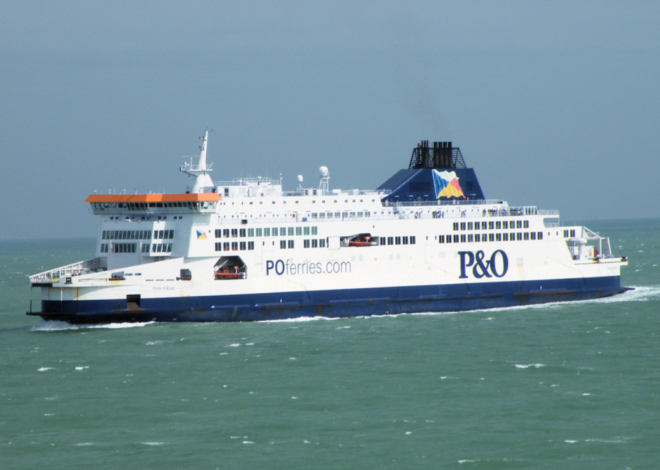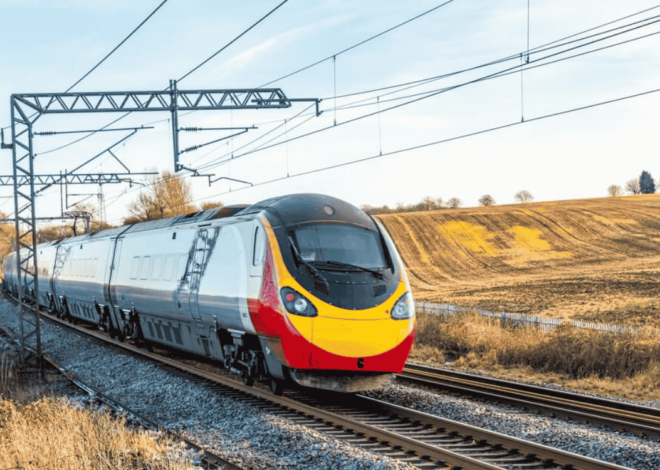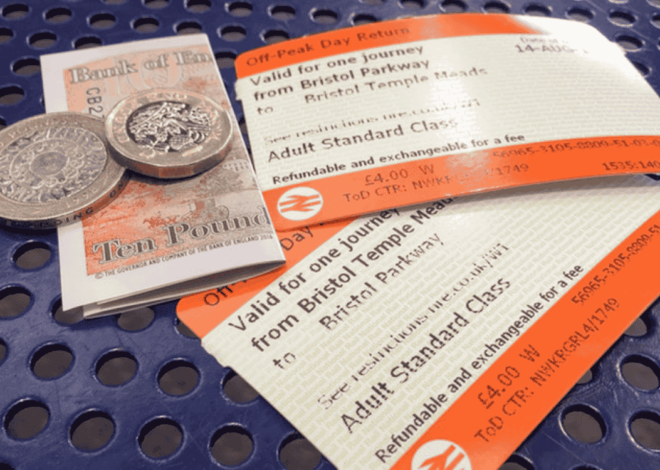
Trainline vs. Competitors: Which Platform Offers the Best Deals?
In the rapidly evolving landscape of rail travel, consumers face an array of options when it comes to booking tickets. Among these, Trainline has emerged as a prominent player, offering various features aimed at simplifying the ticketing process and providing users with cost-effective options. However, the question remains: how does Trainline stack up against its competitors in terms of delivering the best deals? This analysis will delve into the various aspects of Trainline, its unique offerings, and how it compares to alternative platforms in the realm of train ticket purchasing.
The Appeal of Trainline:
Trainline is renowned for its user-friendly interface and comprehensive ticketing solutions. With the ability to book both domestic and international rail journeys, it caters to a wide demographic of travelers. The platform allows users to easily compare prices, travel times, and train operators, making it a convenient choice for both casual commuters and seasoned travelers alike.
One of the standout features of Trainline is the introduction of Trainline splitsave. This innovative tool enables users to purchase split train tickets, which can significantly reduce overall travel costs. By breaking up a journey into segments and purchasing separate tickets for each leg, passengers can often find lower prices than if they were to buy a single ticket for the entire trip. This method, while seemingly convoluted, is gaining traction among savvy travelers looking to optimize their budgets.
Competitor Overview:
While Trainline offers compelling features, it is essential to consider the competitive landscape. Other platforms, such as National Rail Enquiries, Omio, and the individual websites of train operators, also provide ticketing services. Each of these alternatives possesses unique characteristics that may appeal to different segments of the market.

National Rail Enquiries:
National Rail Enquiries serves as the authoritative source for train timetables and fares across the United Kingdom. Although it does not sell tickets directly, it provides essential information that can guide users toward the best options available. Its straightforward interface makes it easy for users to find relevant travel information. However, the lack of a direct purchasing option may be a drawback for some users, who prefer an all-in-one solution like Trainline.
Omio:
Omio, a relatively newer entrant, positions itself as a comprehensive travel platform, integrating not only train travel but also bus and flight options. This versatility allows users to compare various modes of transportation in a single search. However, while Omio provides a broad range of options, it may not offer the same depth of train-specific features that Trainline does, particularly regarding the purchase of split train tickets.
Train Operator Websites:
The websites of individual train operators, such as Avanti West Coast and Great Western Railway, also present viable alternatives for booking tickets. These sites often feature exclusive deals and promotions that may not be available on aggregator platforms like Trainline. However, the user experience can vary significantly between operators, and the necessity of navigating multiple sites may deter some customers from pursuing this option.
Comparing Pricing Strategies:
When evaluating which platform offers the best deals, pricing strategies play a crucial role. Trainline is known for its competitive pricing, particularly through its Trainline Tickets offerings. By aggregating fares from various operators, it can often present users with attractive options that rival those of its competitors.

Moreover, the Trainline splitsave feature is particularly advantageous for travelers embarking on longer journeys. For instance, a route that would typically require a single ticket purchase can, through strategic planning, be split into two or more segments. This approach not only provides flexibility but can also lead to substantial savings.
In contrast, while competitors may offer competitive pricing, they often lack the same level of clarity in terms of fare comparisons. Trainline excels in presenting transparent pricing structures, ensuring users are fully aware of any potential savings before completing their purchases.
User Experience and Interface:
The user experience is a critical consideration when determining which platform offers the best deals. Trainline boasts a clean, intuitive interface that allows users to navigate seamlessly through the ticketing process. With features like real-time updates on train schedules and easy access to ticket management, it enhances the overall customer experience.
In comparison, some competitor platforms may present a less streamlined experience. Users often find themselves sifting through excessive information or encountering convoluted navigation, which can detract from the overall ease of booking. Trainline’s commitment to simplicity and efficiency sets it apart, particularly for users who may not be as tech-savvy.
Customer Support and Reliability:
Customer support is another pivotal factor in the decision-making process. Trainline offers various channels for customer assistance, including phone support, live chat, and comprehensive online resources. This multifaceted approach ensures that users can quickly resolve any issues that may arise during the booking process.
Conversely, some competitors may not offer the same level of responsiveness or accessibility. In a sector where timely support can significantly impact the travel experience, Trainline’s proactive customer service approach enhances its reputation and reliability in the market.
The Importance of Flexibility:
In today’s fast-paced world, flexibility is a paramount consideration for travelers. Trainline provides users with various options, including flexible ticketing choices that allow changes to travel plans with minimal fuss. This adaptability is particularly beneficial in the face of unforeseen circumstances, such as schedule changes or personal emergencies.
Many competitors also offer flexible ticketing options; however, these can sometimes come with additional costs or limitations. Trainline manages to strike a balance, providing flexibility without imposing exorbitant fees, further solidifying its position as a preferred ticketing platform.
Conclusion: Making an Informed Choice
Ultimately, determining whether Trainline or its competitors provide the best deals hinges on individual travel preferences and priorities. Trainline stands out for its robust features, particularly the Trainline splitsave tool and its user-friendly interface, which simplifies the process of finding and purchasing split train tickets.
However, alternative platforms may also have unique advantages, such as exclusive promotions from train operators or broader travel comparisons through services like Omio. As consumers increasingly seek value and efficiency in their travel planning, being informed about the strengths and weaknesses of each platform is crucial.
In summary, Trainline remains a formidable player in the rail travel market, offering competitive pricing, exceptional user experience, and the flexibility necessary to navigate today’s dynamic travel environment. By assessing the various attributes of Trainline against its competitors, travelers can make informed decisions that align with their specific needs, ensuring a seamless and cost-effective journey.








